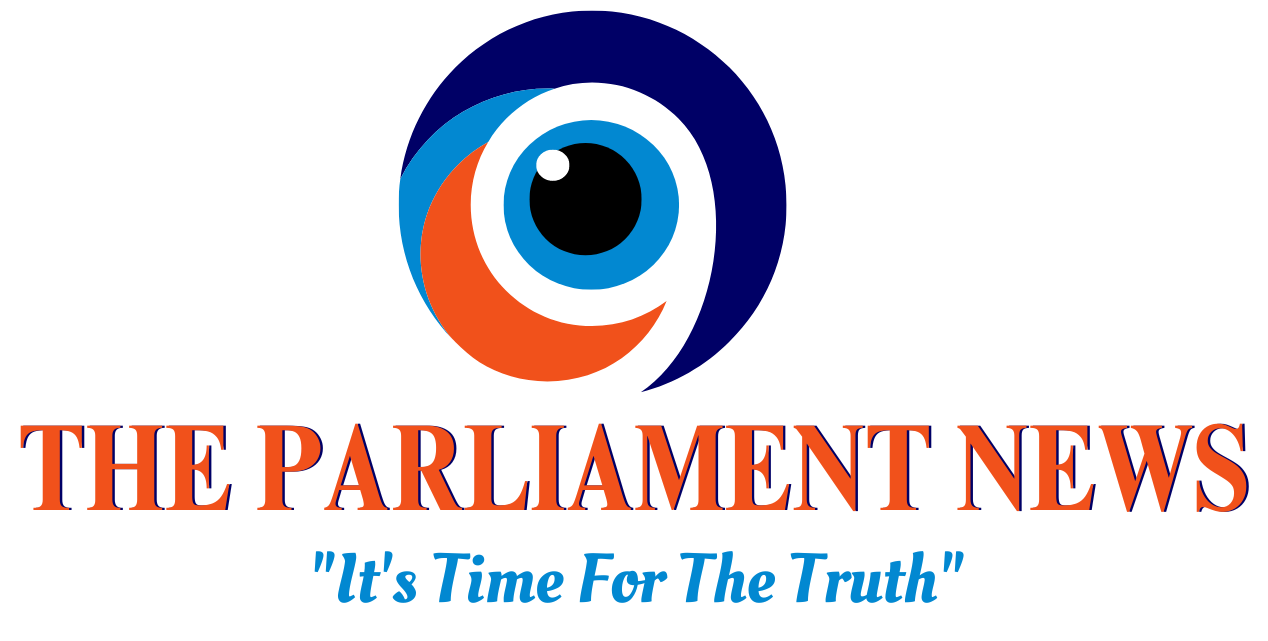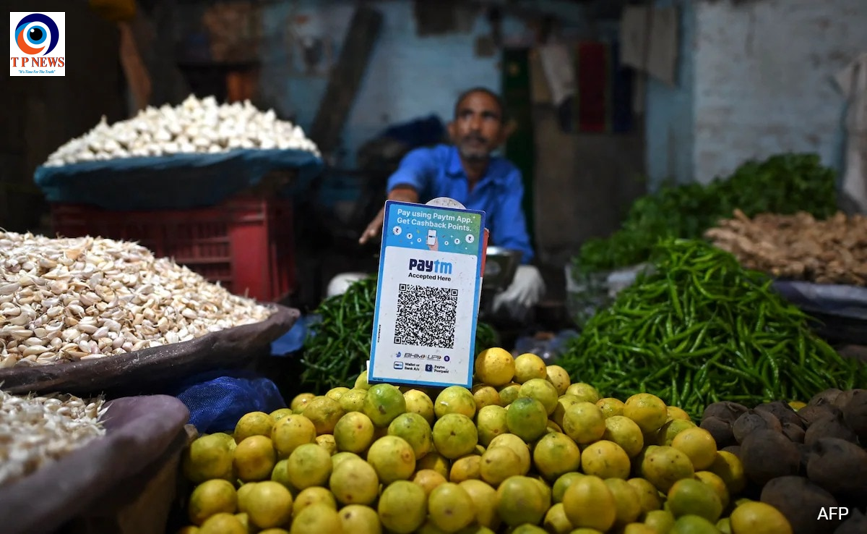Paytm, a prominent figure in India’s fintech landscape, faces a significant setback as its banking arm, Paytm Payments Bank Ltd (PPBL), halts key services from today. This decision follows the Reserve Bank of India’s imposition of restrictions on the bank due to serious rule violations, prompting customers to seek alternative banking solutions.
Services to Stop Working from Today:
- Deposits: Paytm Payments Bank customers will no longer be able to deposit money into their accounts but can still withdraw or transfer funds.
- Salary Credits and Benefits: Users will no longer receive salary credits, direct benefit transfers, and subsidies in their Paytm Payments Bank account. However, they will continue to receive refunds, cashbacks, and sweep-ins from partner banks.
- Wallet Top-ups and Transfers: Users cannot top-up their wallets or transfer funds from their Paytm wallet. Nevertheless, they can still utilize the existing funds in their wallet to pay bills.
- FASTag and NCMC Card Services: Recharging FASTags issued by Paytm bank and recharging NCMC cards will be suspended.
- Fund Transfers: Funds cannot be transferred into Paytm Payments Bank accounts through UPI or IMPS.
- Subscription Payments: Customers can still utilize their Paytm balance to pay for subscriptions, albeit they must use a different bank account from March 15.
While these changes affect Paytm Payments Bank account holders, the Paytm app itself will continue to operate normally post-March 15. For users without a Paytm Payments Bank account, services will remain unaffected, and they can continue to utilize UPI services through the app, provided it is linked to another bank.
New Setup for UPI Services:
Paytm’s parent company, One97 Communications, has obtained approval from the National Payments Corporation of India (NPCI) to continue offering UPI services as a Third-Party Application Provider (TPAP). Under this arrangement, Paytm will collaborate with banks such as SBI, Yes Bank, Axis Bank, HDFC Bank, etc., which will handle payment services for Paytm users.
The move aims to ensure minimal disruption to Paytm users’ banking needs while complying with regulatory requirements and maintaining operational efficiency. As the fintech industry continues to evolve, Paytm remains committed to providing seamless digital payment solutions to its vast user base.




